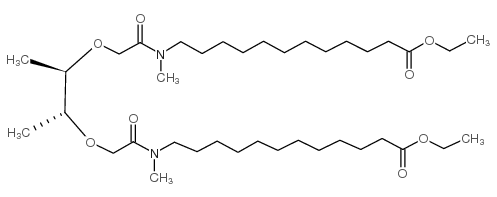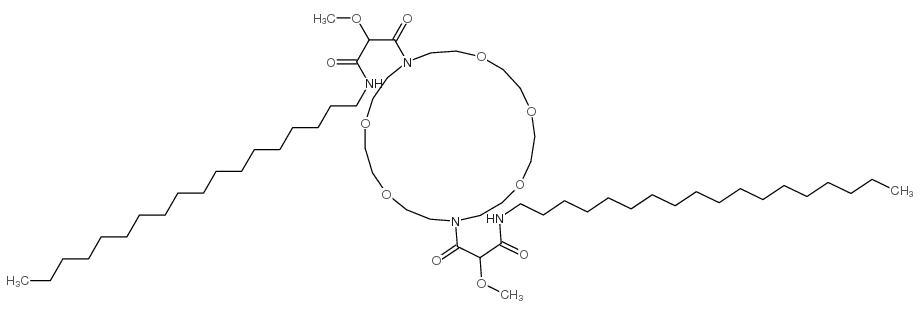| 结构式 | 名称/CAS号 | 全部文献 |
|---|---|---|
 |
钙离子载体
CAS:58801-34-6 |
|
 |
钙离子载体 V
CAS:160563-01-9 |
| 结构式 | 名称/CAS号 | 全部文献 |
|---|---|---|
 |
钙离子载体
CAS:58801-34-6 |
|
 |
钙离子载体 V
CAS:160563-01-9 |